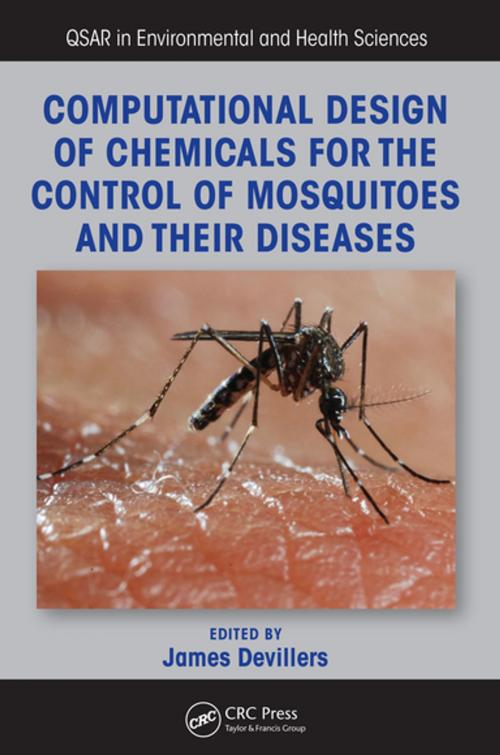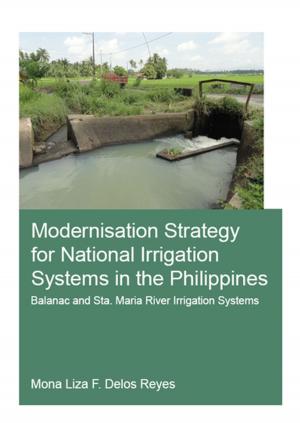Computational Design of Chemicals for the Control of Mosquitoes and Their Diseases
Nonfiction, Health & Well Being, Medical, Specialties, Pharmacy, Science & Nature, Science, Chemistry, General Chemistry, Reference, Public Health| Author: | ISBN: | 9781351647694 | |
| Publisher: | CRC Press | Publication: | December 15, 2017 |
| Imprint: | CRC Press | Language: | English |
| Author: | |
| ISBN: | 9781351647694 |
| Publisher: | CRC Press |
| Publication: | December 15, 2017 |
| Imprint: | CRC Press |
| Language: | English |
There is a compelling need for new drugs and efficient treatments against mosquito-borne diseases. Environmentally safe, but effective insecticides that address the problems of resistance are required. Computational Design of Chemicals for the Control of Mosquitoes and Their Diseases explains how the search for new substances effective against mosquitoes and their diseases has benefited from the use of in silico techniques. QSAR modeling is suited to identify the key structural features and/or physicochemical properties explaining an activity and to propose candidate molecules for further evaluation by laboratory tests. Homology modeling is useful to approximate the 3D structure of proteins of interest. Pharmacophore modeling is a powerful means to capture the chemical features responsible for an activity and to identify new potentially active compounds via the virtual screening of databases. Fugacity modeling and a wealth of other modeling paradigms are useful for risk assessment in vector borne disease control.
There is a compelling need for new drugs and efficient treatments against mosquito-borne diseases. Environmentally safe, but effective insecticides that address the problems of resistance are required. Computational Design of Chemicals for the Control of Mosquitoes and Their Diseases explains how the search for new substances effective against mosquitoes and their diseases has benefited from the use of in silico techniques. QSAR modeling is suited to identify the key structural features and/or physicochemical properties explaining an activity and to propose candidate molecules for further evaluation by laboratory tests. Homology modeling is useful to approximate the 3D structure of proteins of interest. Pharmacophore modeling is a powerful means to capture the chemical features responsible for an activity and to identify new potentially active compounds via the virtual screening of databases. Fugacity modeling and a wealth of other modeling paradigms are useful for risk assessment in vector borne disease control.















